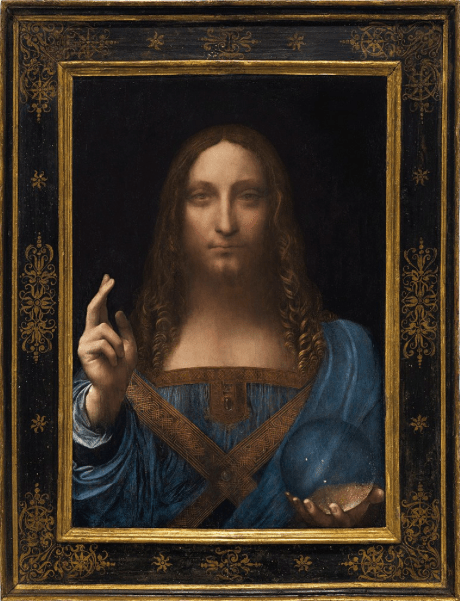Editor’s Note: RealClearLife, a news and lifestyle publisher, is now a part of InsideHook. Together, we’ll be covering current events, pop culture, sports, travel, health and the world.
Could the world’s most expensive painting also be the art world’s most expensive mistake?
Nearly 18 months after the portrait “Salvator Mundi” sold for a record-breaking $450 million, new questions about its authenticity have arisen. At auction in 2017, the painting had been billed as a sole authorship masterpiece of Leonardo da Vinci’s, but a new report finds that experts at the UK’s National Gallery had doubts about the painting long before it was sold—none of which were included in the auction’s catalogue.
After the National Gallery had displayed “Salvator Mundi” as an “autograph” work of da Vinci’s in its 2011 exhibit—giving it the imprimatur of verified provenance—the painting’s value skyrocketed. And when it sold years later, reportedly to the royal family of Saudi Arabia, the work was seen as a peerless example of his mastery. But after the latest revelations, in which several experts believe da Vinci’s assistants helped complete the work, acrimony and scandal have rocked the art world and thrown the value of what was the world’s most expensive painting up in the air.
Thanks for reading InsideHook. Sign up for our daily newsletter and be in the know.


















